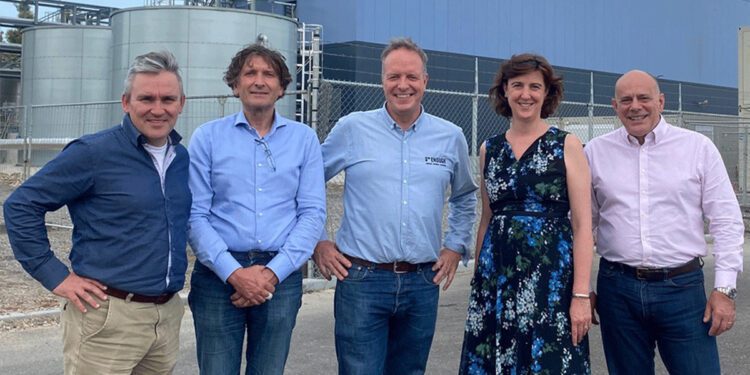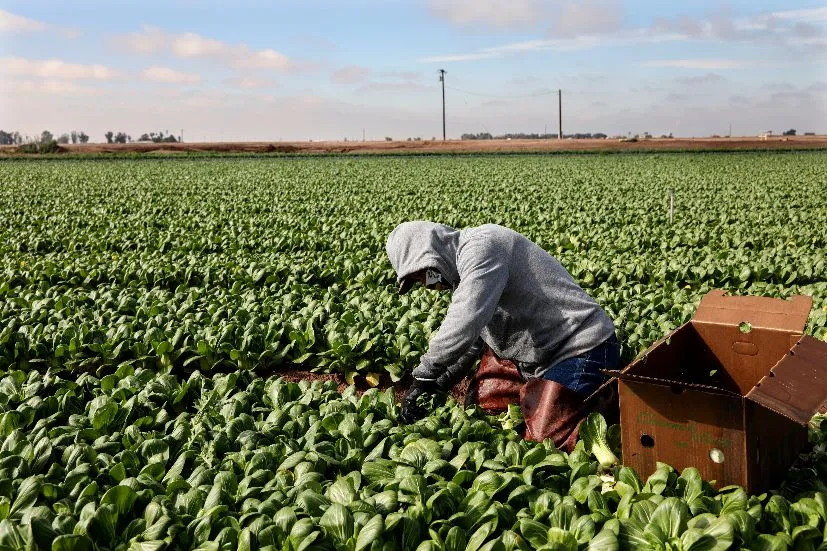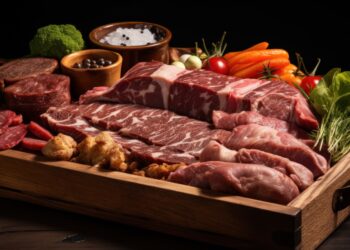by Matt Blois
The nutrients used to feed cells are the costliest part of growing meat in a bioreactor. Can cheaper ingredients help this technology compete with the farm?
In early 2018, the California-based start-up Memphis Meats, now called Upside Foods, was celebrating progress in its quest to make meat from animal cells grown in a bioreactor—a product that many firms call cultivated meat.

cultivated meat companies hope to do away with slaughterhouses and to sustainably feed the world’s growing population by slashing the amounts of fossil fuel, water, and land required to produce meat. Traditional food companies trying to lower their own environmental footprints are very interested.
Over the previous year, Memphis Meats had served lab-grown chicken to a group of taste testers and raised over $17 million in funding from Cargill, Tyson Foods, and other investors.
But at the time, Memphis Meats’ chicken was highly expensive to produce. One of the biggest issues was the cost of growth media: the mix of sugar, proteins, and other nutrients that feed the cells in a bioreactor.
So that summer, the company hired Kevin Kayser, a veteran of the life sciences industry. He had previously led a division of MilliporeSigma that sells growth media to pharmaceutical companies, which use animal cells to produce drugs.
“One of the reasons I was hired was raw material inputs,” says Kayser, who was recently promoted to chief scientific officer at Upside. “When I first started, it was top of the list.”

Over the past 5 years, Upside and other cultivated meat companies have significantly lowered the cost of growth media, but they will need to lower it even further if they hope to compete with conventional meat producers.
The cost-cutting process begins with firms reducing their use of proteins, the most expensive component of most growth media; the price of those proteins will also have to come down. Another critical step will be moving away from media made with a mix of individually produced amino acids and instead providing those nutrients all together through processed crops.
Today, cultivated meat companies’ production is minuscule. Kayser predicts that cultivated meat companies won’t demand large quantities of low-cost growth media for years. But he says it’s important to build the supply chain before that happens. “You have to work on it now in order to be ready.”

** Click here to read the full-text **











